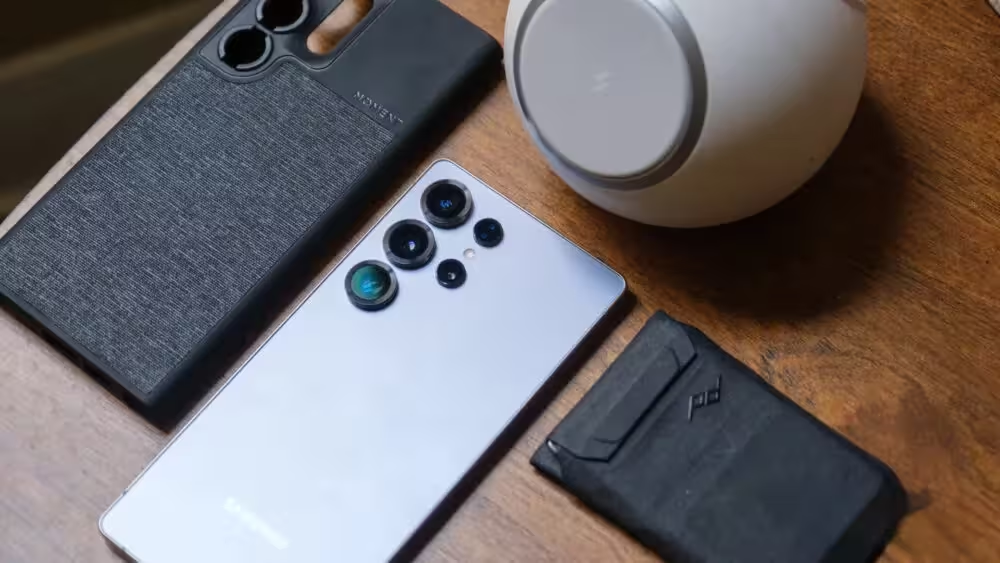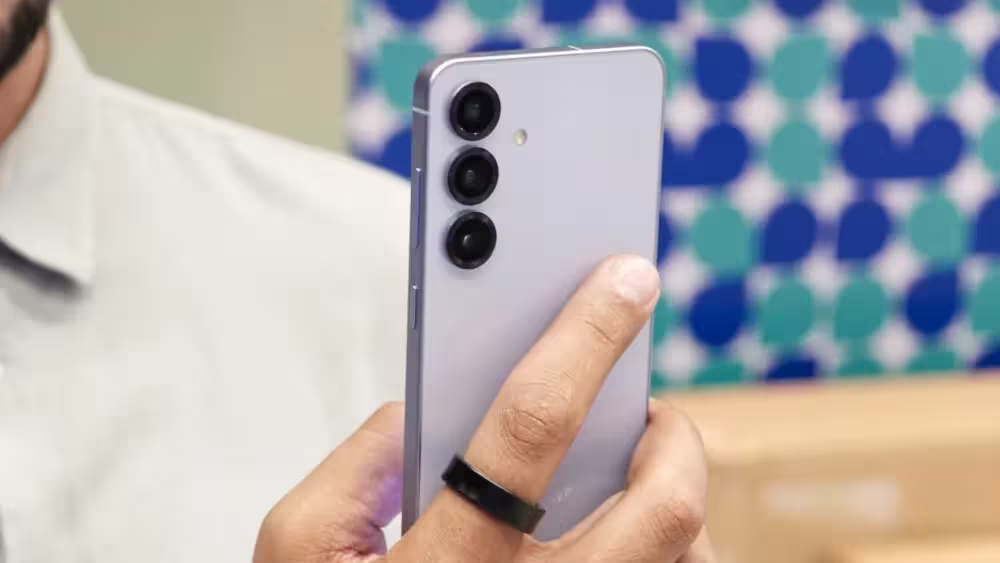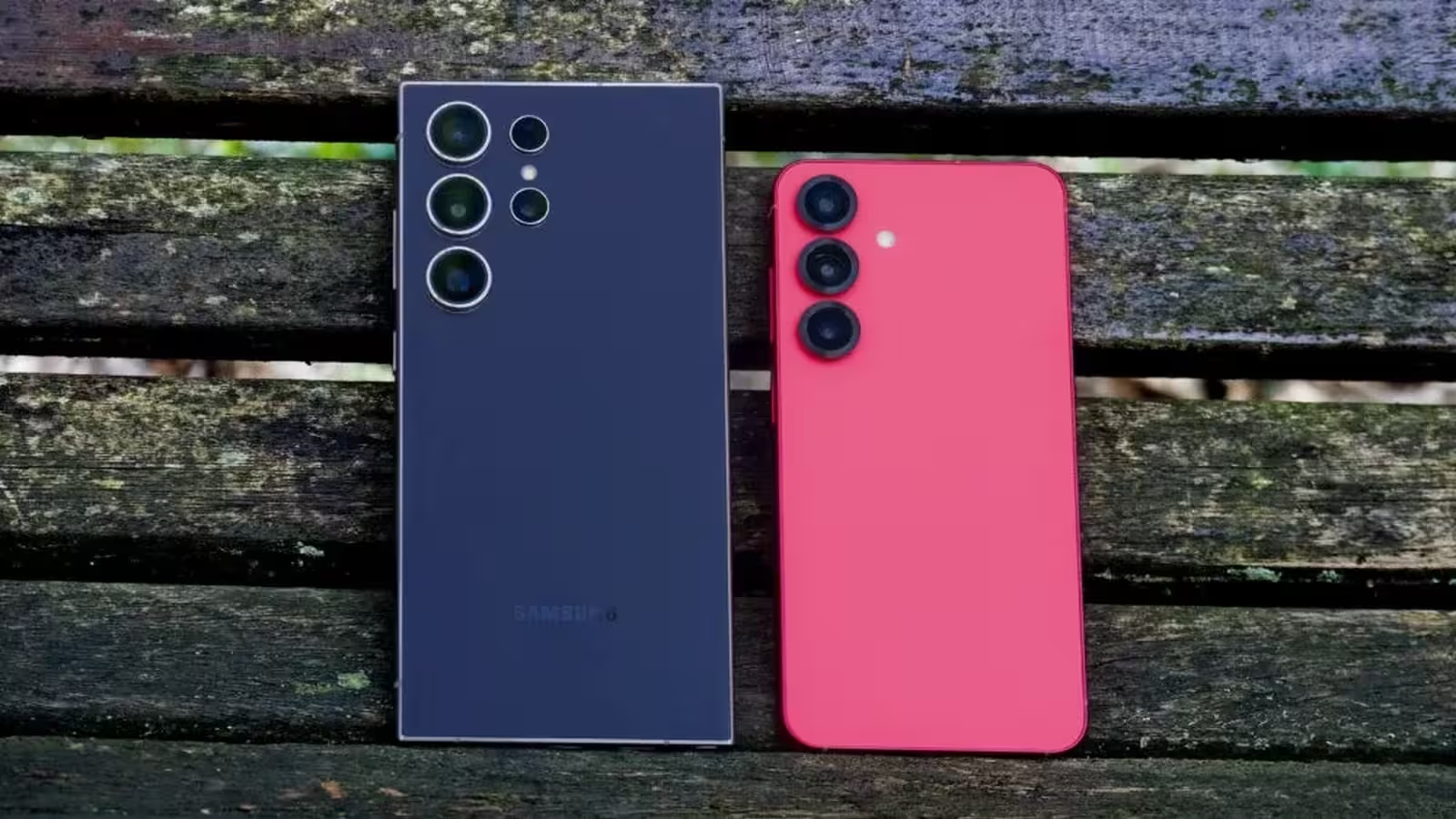8 Minutes
Introduction: A Potential Shake-Up in Samsung’s Flagship Strategy
Rumors are swirling that Samsung may overhaul its Galaxy S family for 2026 by introducing a Galaxy S26 Pro — and the change could fundamentally reshape which Samsung phone is the best value for most buyers. After a relatively muted Galaxy S25 refresh where only the Galaxy S25 Edge drew attention for its slimmer design, the S26 cycle appears poised to be more consequential. This article breaks down the rumor, explains how the S26 Pro might replace the entry-level flagship, compares it to competing devices like the Pixel 10 Pro and iPhone 17 Pro, and explores the potential market impact for consumers and carriers.
The Rumor: Galaxy S26 Pro and the End of the Base S Model
Reports suggest Samsung is evaluating a reorganization of its Galaxy S portfolio. The Plus model — historically the middle child between the base Galaxy S and the top-tier Ultra — could be phased out in favor of an Edge variant, while the most intriguing rumor is the arrival of a smaller Galaxy S26 Pro. That smaller Pro could target buyers who want a full flagship experience in a compact form factor, directly challenging the Pixel 10 Pro and iPhone 17 Pro.
However, there’s a twist: the S26 Pro might not be an additional fourth model. Instead, it could replace the standard Galaxy S as the cheapest true flagship in the S series (not the Fan Edition). If true, this would remove the traditional, more affordable flagship sweet spot Samsung has offered for years.

What “Pro” Might Mean — Badge or Genuine Upgrade?
There are two plausible outcomes. In one scenario, Samsung simply renames the base S26 to S26 Pro while keeping specs and price essentially unchanged. That would mean a “Pro” badge without the commensurate hardware upgrades — in other words, marketing rather than substance. In the other scenario, the S26 Pro is a genuine step up: better cameras, improved displays, more RAM, upgraded materials and possibly more refined software features. But such improvements almost certainly push the entry-level S-series price higher.
Scenario A — Pro in Name Only
If Samsung keeps the same $800-ish price but labels the phone S26 Pro, cost-cutting elsewhere would be likely to keep margins intact. Expect trade-offs such as simplified camera arrays, modest battery tweaks, or reused components from prior generations. The risk for consumers is subtle downgrades wrapped in a premium-sounding name — a classic example of perceived value outpacing tangible improvements.
Scenario B — Real Pro, Real Price Hike
A legitimate Pro upgrade, however, would mean a baseline flagship that’s closer in capability to the current mid-range Pro devices. That would likely lift the starting price closer to $1,000, placing the cheapest Galaxy S firmly into premium territory. For buyers who previously relied on the Galaxy S as the affordable flagship entry point, that would be unwelcome news.
Product Features to Watch
Based on Samsung’s recent trends and the expectations for modern flagship phones, here are the features most likely to define the Galaxy S26 Pro and the rest of the S26 family:
- Display: LTPO OLED with variable refresh rate and possibly an improved edge design on the S26 Edge.
- Chipset and Performance: Next-generation Exynos/Qualcomm silicon depending on region, geared toward efficiency and AI enhancements.
- Camera System: Pro-level optics could mean improved telephoto lenses, better sensor stabilization, and advanced computational photography tuned for low light.
- Battery and Charging: Larger battery capacity and faster wired/wireless charging remain priorities, but Samsung may balance size and thermal design for the smaller Pro model.
- Materials and Durability: Expect premium glass and metal builds with Gorilla Glass protection and IP water/dust resistance on true flagships; Fan Editions and A-series remain more economical in materials.
- Biometrics and Security: The ultrasonic fingerprint scanner that debuted in earlier flagships could remain a differentiator over Fan Edition or mid-range models.

Comparisons: Galaxy S26 Pro vs Pixel 10 Pro and iPhone 17 Pro
If Samsung introduces a compact S26 Pro, it will target a growing niche: small, flagship-level phones that deliver full performance without the bulk. Google’s Pixel 10 Pro and Apple’s iPhone 17 Pro are expected to pursue the same idea — compact handsets with top-tier cameras, performance, and software polish.
Software and Ecosystem
Samsung benefits from One UI maturity, deep Android customization, and integrations with Wear OS and Quick Share. Google’s Pixel line, meanwhile, offers a clean Android experience with tight AI and computational photography advantages. Apple’s iOS continues to deliver performance and app ecosystem cohesion. Buyers will weigh ecosystem fit as much as raw specs.
Camera and Imaging
Imaging remains a primary battleground. Samsung’s Pro-level devices typically deliver flexible camera systems with strong processing, while Pixel phones emphasize computational photography and iPhone models lean on sensor quality and video performance. A true S26 Pro would need to match or exceed these strengths to compete for photography-focused buyers.
Advantages and Use Cases
Why would someone choose a Galaxy S26 Pro if it arrives as a genuine Pro model?
- Compact flagship: For users who want a high-end device that fits comfortably in one hand or a small pocket without sacrificing performance.
- Camera versatility: Mobile creators who demand pro-level imaging and editing on-device.
- Samsung-specific features: DeX, Samsung Galaxy ecosystem, S Pen support (if applicable), and enterprise-friendly features for professionals.
- Upgrade path: Owners of older Galaxy S21 or S22 phones might see the S26 Pro as a cleaner, modern upgrade with flagship-class hardware.
Downsides and Market Relevance
For many buyers, the main downside would be price. If the S26 Pro replaces the traditional base flagship without a comparable low-cost option, Samsung risks alienating customers who want a true flagship experience under $800. Those buyers could be pushed toward the Fan Edition or upper-tier Galaxy A models, which have improved dramatically but still lack some flagship refinements — from premium glass to ultrasonic fingerprint sensors and peak camera hardware.
Market clarity also matters. Google’s Pixel lineup has become a model of simplicity: an affordable A-series, an accessible flagship, a compact Pro, a large Pro, and a foldable at the top. Samsung’s S family risks becoming confusing if models are rebranded without clear differentiation of features and price points.
What Samsung Should Learn from Google
Samsung and Google have collaborated on software integration like Wear OS and Quick Share. Samsung could benefit from Google’s recent success streamlining product tiers. Clear roles for each model (affordable flagship, compact Pro, ultra-powerful Ultra, and compelling foldable) would help consumers make confident upgrade decisions rather than having to decode naming conventions at a carrier store.
Conclusion: Wait and See — But Watch Pricing and Positioning
The Galaxy S26 Pro rumor is one to watch. If Samsung delivers an authentic compact flagship at a competitive price, it could become the new sweet spot for many buyers and successfully challenge the Pixel 10 Pro and iPhone 17 Pro. If the Pro label is merely cosmetic or if prices climb across the range, Samsung risks losing its affordable flagship identity and driving customers toward Fan Edition models, the Galaxy A series, or rival ecosystems.
Ultimately, how Samsung defines and prices each S26 variant will determine whether the S26 Pro strengthens the Galaxy brand or muddles it. For consumers, the key questions are: will the S26 Pro deliver real flagship hardware in a compact package, and at what price? Until Samsung confirms specifications and pricing, the safest strategy for prospective upgraders is to watch initial leaks, compare expected features versus rivals like the Pixel 10 Pro and iPhone 17 Pro, and consider whether ecosystem and software advantages justify an early purchase.
Source: androidauthority


Leave a Comment